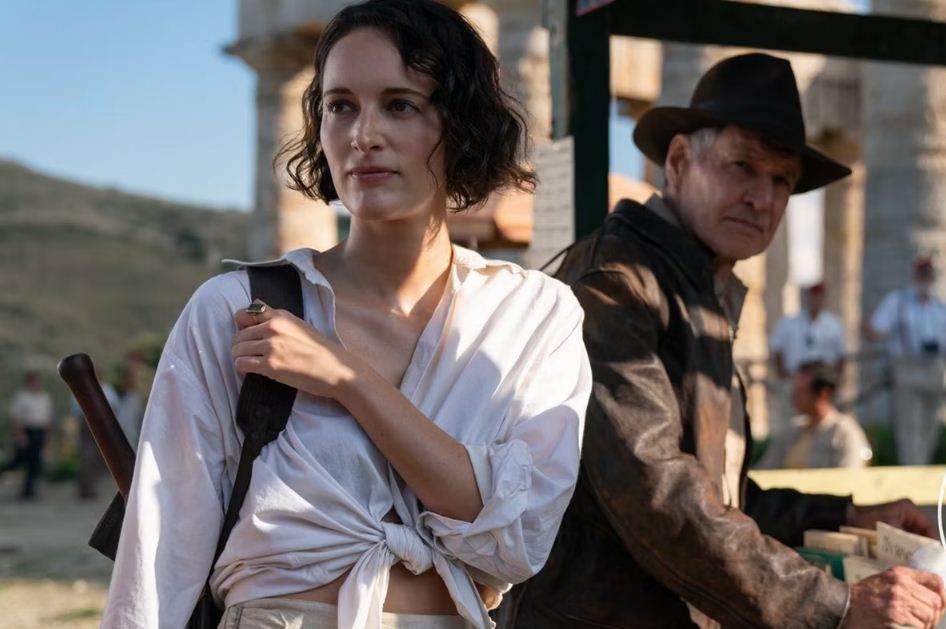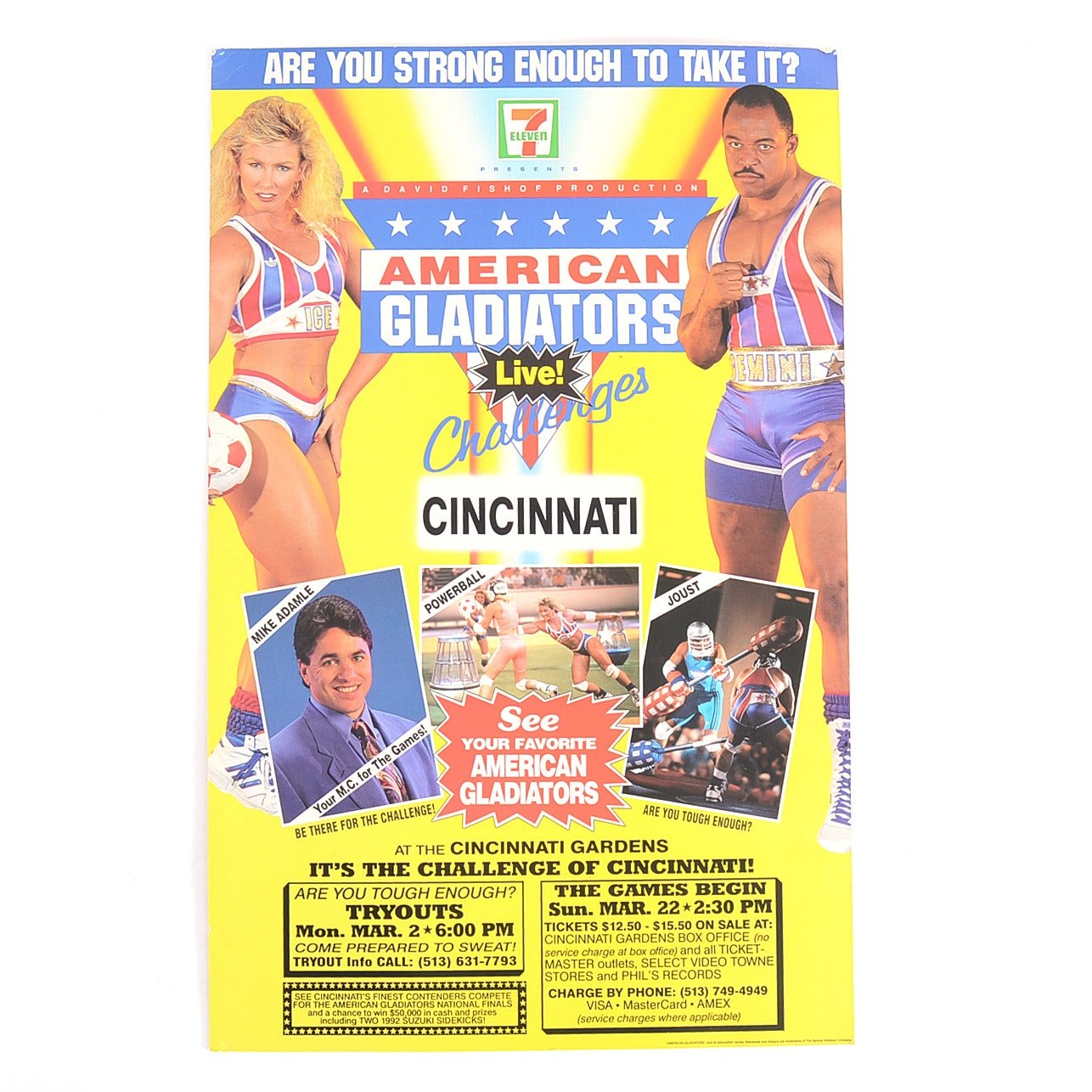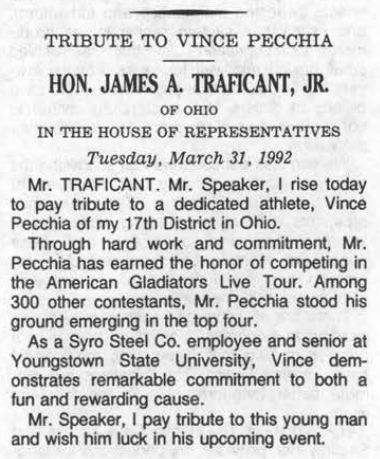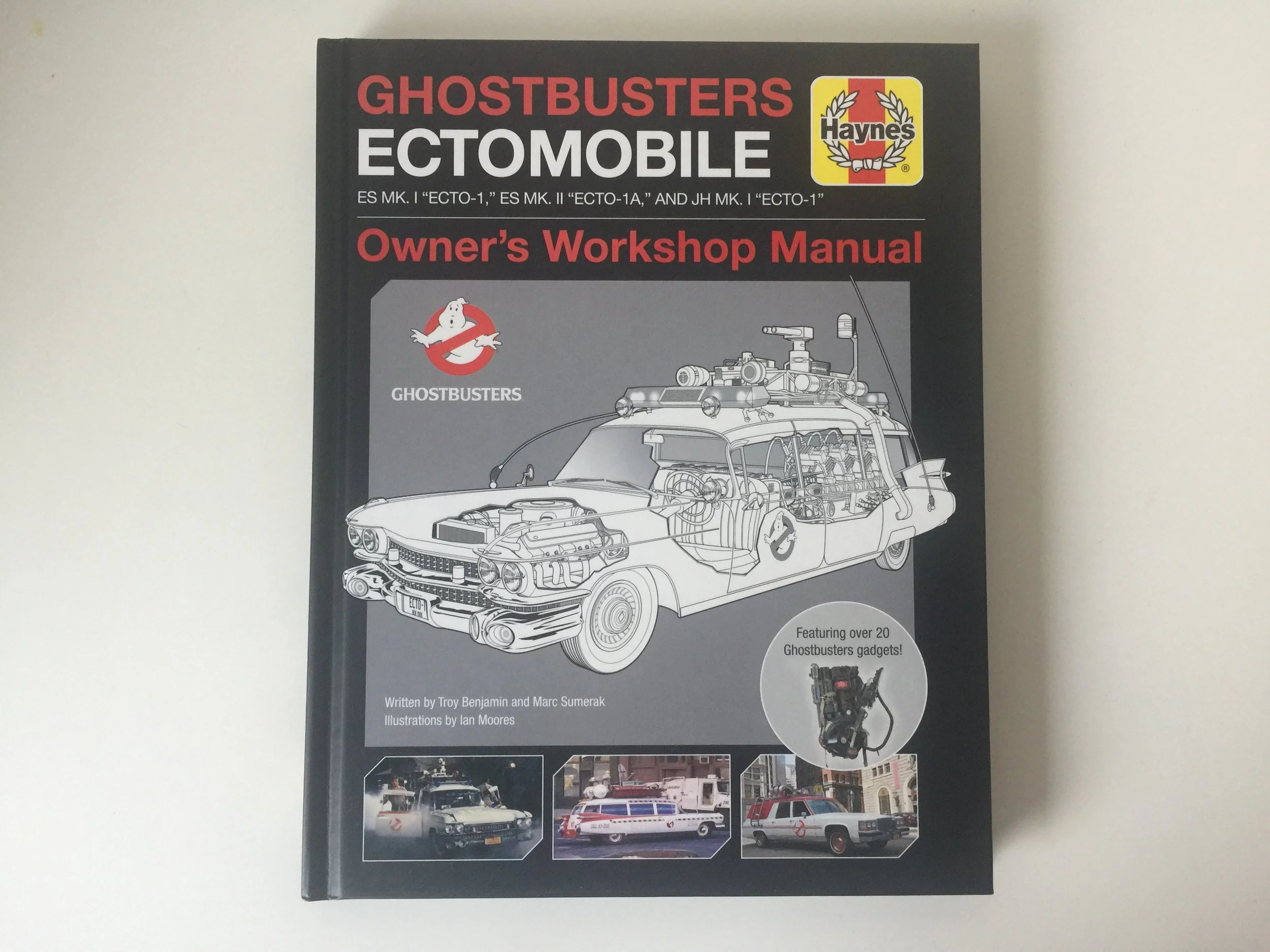Years and years in the making, the day has finally come… The Real Ghostbusters: A Visual History is now available for purchase in your physical or digital bookseller of choice!
It seems like decades ago (even though it was only the spring of 2022) that Craig came to me wanting to pick my brain about a new project. That project, which eventually became this book, was his lifelong ambition of putting together a love letter to the Kenner Real Ghostbusters line that had influenced so many of our childhoods. Craig and I have long been friends thanks to this crazy life we lead in the world of Ghostbusters, and I could tell just how much this meant to him. It wasn’t just a “hey wouldn’t it be cool if” kind of project to him. It was a “hey, I’m doing this and either tie yourself to this wagon now or risk feeling like you missed out on the adventure later” kind of project.
In lightning speed, I helped Craig put together a packet, and started testing the waters with the amazing people at Ghost Corps, Sony, and Dark Horse.
After revisions and tooling and a whole lot of thinking the plane would never get off the ground, in February of 2023, Dark Horse told us they’d love to do the book, but would like to open it up to detail the development and production of the series itself as well. The book should be 50% making of the show, and 50% the amazing Kenner toys. Admittedly, I had been worried about how much I could contribute to a book that focused on the toys alone. That collecting world has a vernacular and expectation that I didn’t quite have a grasp on. But as soon as it became a behind the scenes book, I knew exactly how I could help Craig and the project. It was music to my ears. And thankfully Craig didn’t mind me stepping up and taking a bigger role than just helping him out. In fact, it was graciously at his insistence that I took the first author byline above him. Which felt like sacrilege knowing that this was and had been his baby.
Honestly, I feel like I had a lot to prove on this book. Both to myself and to my fellow fans. To myself, I felt like this is the book that I’d been working my way up to completing. Ever since the first Agents of S.H.I.E.L.D. Declassified book, the goal was always to replicate my heroes: people like JW Rinzler, Don Shay and Jody Duncan, who had written the making of tomes that I’ve read cover to cover countless times and have been such an invaluable resource to myself and many others. When I was doing DVD behind the scenes documentaries, there were a few of us that looked at what we did as the written record in history of how a film was made. Much like an issue of Cinefex, twenty years from now someone will want to know if that alien creature was a rod puppet, CG character, or a guy in a rubber suit. Sadly, it’s a resource that is dwindling in this disposable age of “content.” Acclaimed filmmakers and artists are sitting down to interviews for their film and answering if a tennis shoe looks like cake or not, instead of giving us an oral history of their work.
And it’s a shame, because the best time to record those thoughts and processes are in the moment. Which is one of the greatest difficulties we had on the Real Ghostbusters book. Development on the series began in earnest in 1985… forty years ago from me sitting here writing this. We’ve lost far too many of the people involved in The Real Ghostbusters who needed to tell the story, some were difficult to track down — and even when we did, some were hesitant to talk to us because it had been so long ago. But those that gave us their time, opened their Rolodexes, and even risked going into the deep recesses of their storage units to find us materials meant the world to us. I cannot express how thankful I am to several of the people mentioned in the extensive thanks in the back of the book for really making this project where it could have been broken. One interviewee, who had passed on talking to us, was reluctantly coaxed into talking to us later on, having heard from a colleague whom we’d spoken to that we were okay people.
Each and every one of the people we talked to on this book is a talented, overwhelmingly creative, and most importantly good human. I cannot believe how warm and gracious everyone we spoke to was on this project. And I think it’s because they all worked their asses off forty years ago and they’re still proud of all the blood sweat and tears. I hope that really comes across in the book. There are still some people we were chasing that I wish we’d been able to have gotten for the book, each and every account helped exponentially. We tried to lean on archival interviews from other sources as sparingly as needed, but in some instances those were the only ways we could have those voices heard.
And then to the fans, I felt an enormous responsibility for this book to not only have a lot of great things to look at, but to tell a great story. Because through our research and through our interviews, it became clear that the making of The Real Ghostbusters series AND the toys were both incredible stories. Filled with creative people who were passionate and wanted to make amazing things. And both were met with hardship and obstacles that were far beyond their control, ultimately leading to their premature endings. If someone were to be writing a Ghostbusters book for me, I threw everything in there that I would have wanted. I wanted this to be the book I’d be counting down the days to buy. Hopefully that ends up being the case for all my fellow Ghostbusters nerds.
It was a lot of work. Craig and I were one part archeologists trying to track down assets long lost to time. We were another part investigative journalists trying to track down people and follow leads down rabbit holes that we couldn’t have imagined. And on top it all, we had to become archivists. Taking in all of the materials that people had generously contributed to the cause to create what I can safely say is the biggest archive of Real Ghostbusters production and development material which resides permanently with the good folks at Ghost Corps for the future. And all of this while I was also taking care of two kids, which Craig was immeasurably patient with especially in moments like this, when we were just trying to get shit done on a deadline.
Anyway, I know this is a lot longer than my usual blurb when a new book comes out. And not saying the other books I’ve done to this point weren’t, but this one was extremely special. This is the one the eight-year old me looks into the crystal ball and sees his future self doing and absolutely can’t believe that’s his lot in life.
Most importantly, I hope this is the book that twenty or thirty years from now, scholars of animation, historians of Saturday Mornings and television, even the next couple generations of Ghostbusters fans who I know will exist will be able to pour over and enjoy.











































